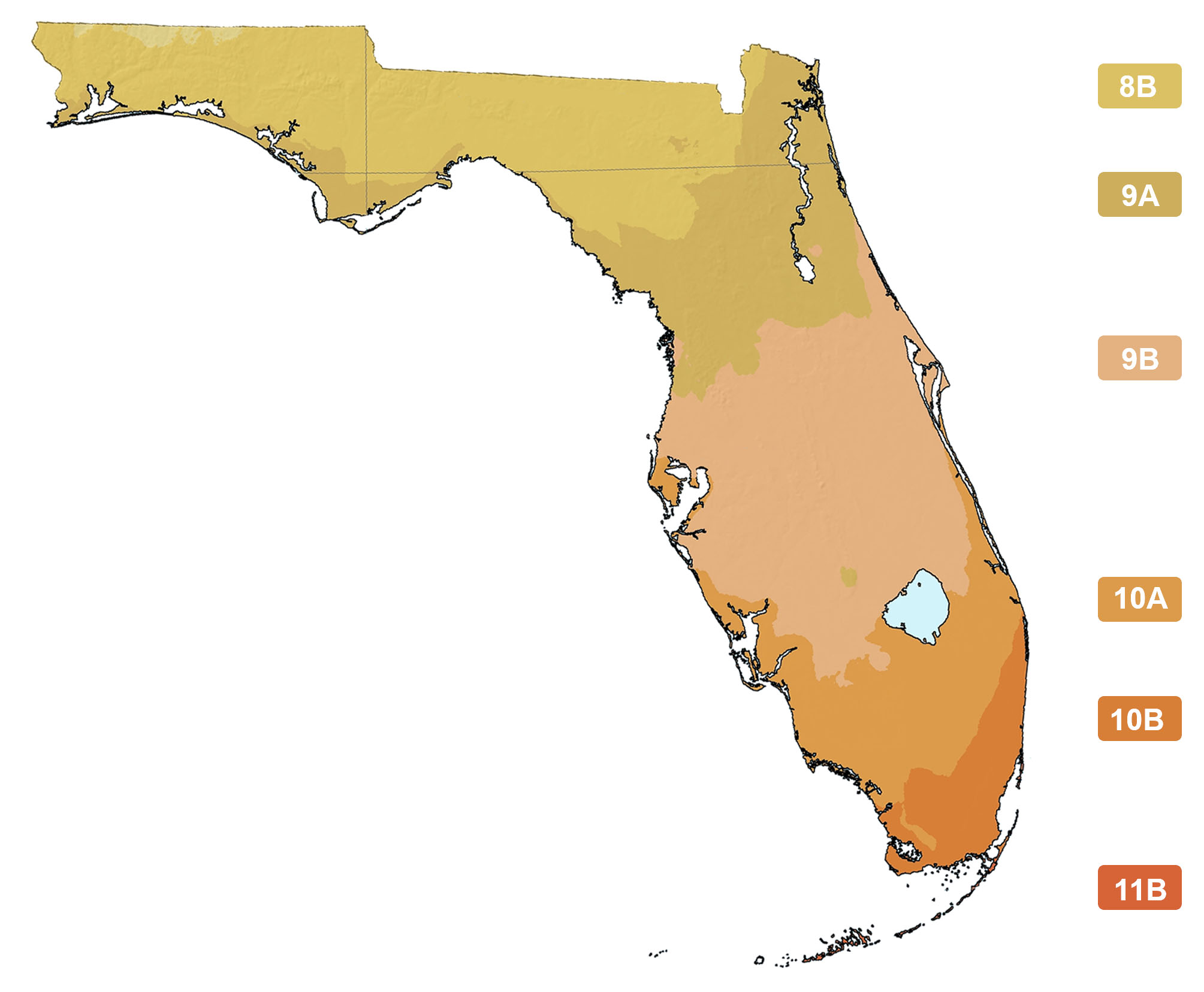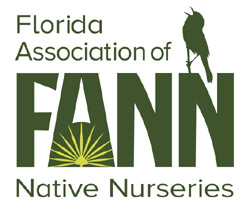Quercus lyrata
Photographs belong to the photographers who allow use for FNPS purposes only. Please contact the photographer for all other uses.
Overcup Oak
Fagaceae
Plant Specifics
| Form: | Tree | |
| Size: | 40-60 ft | |
| Life Span: | Long-lived perennial | |
| Flower Color: | NA | |
| Fruit Color: | Brown | |
| Phenology: | Deciduous | |
| Noted for: | - |
Landscaping
| Recommended Uses: | Shade tree. | ||||||||||||||||||||||||||||||||||||||||||
| Considerations: | Falling/fallen acorns can be an issue. | ||||||||||||||||||||||||||||||||||||||||||
| Propagation: | Seed. | ||||||||||||||||||||||||||||||||||||||||||
| Availability: | Native nurseries | ||||||||||||||||||||||||||||||||||||||||||
| Light: | Full Sun, Part Shade | ||||||||||||||||||||||||||||||||||||||||||
| Moisture Tolerance: |
always floodedextremely dry |
||||||||||||||||||||||||||||||||||||||||||
| (Stays Wet ----- to ----- Not wet but not extremely dry) | |||||||||||||||||||||||||||||||||||||||||||
| Moisture Tolerance: | Stays Wet ----- to ----- Not wet but not extremely dry | ||||||||||||||||||||||||||||||||||||||||||
| Salt Water Flooding Tolerance: | Not salt tolerant of inundation by salty or brackish water. | ||||||||||||||||||||||||||||||||||||||||||
| Salt Spray/ Salty Soil Tolerance: | Low/no tolerance of salty wind or direct salt spray | ||||||||||||||||||||||||||||||||||||||||||
| Soil or other substrate: | Clay, Loam | ||||||||||||||||||||||||||||||||||||||||||
| Soil pH: | Acidic | ||||||||||||||||||||||||||||||||||||||||||
Ecology
| Wildlife: |
| |
| Insects: | Host plant for the White-M Hairstreak and Horace's Duskywing butterflies. | |
| Native Habitats: | Bottomland floodplains and inundated river levees, lake swamps, rarely on non-wetland portions of floodplains. |
Distribution and Planting Zones
Natural Range in Florida
USDA Zones
Suitable to grow in:
8A 8B 9A

USDA zones are based on minimum winter temperatures
Comments
| General Comments: | Its acorn is large (about an inch long) and is nearly enclosed by its cup or receptacle--hence the name "overcup." |



